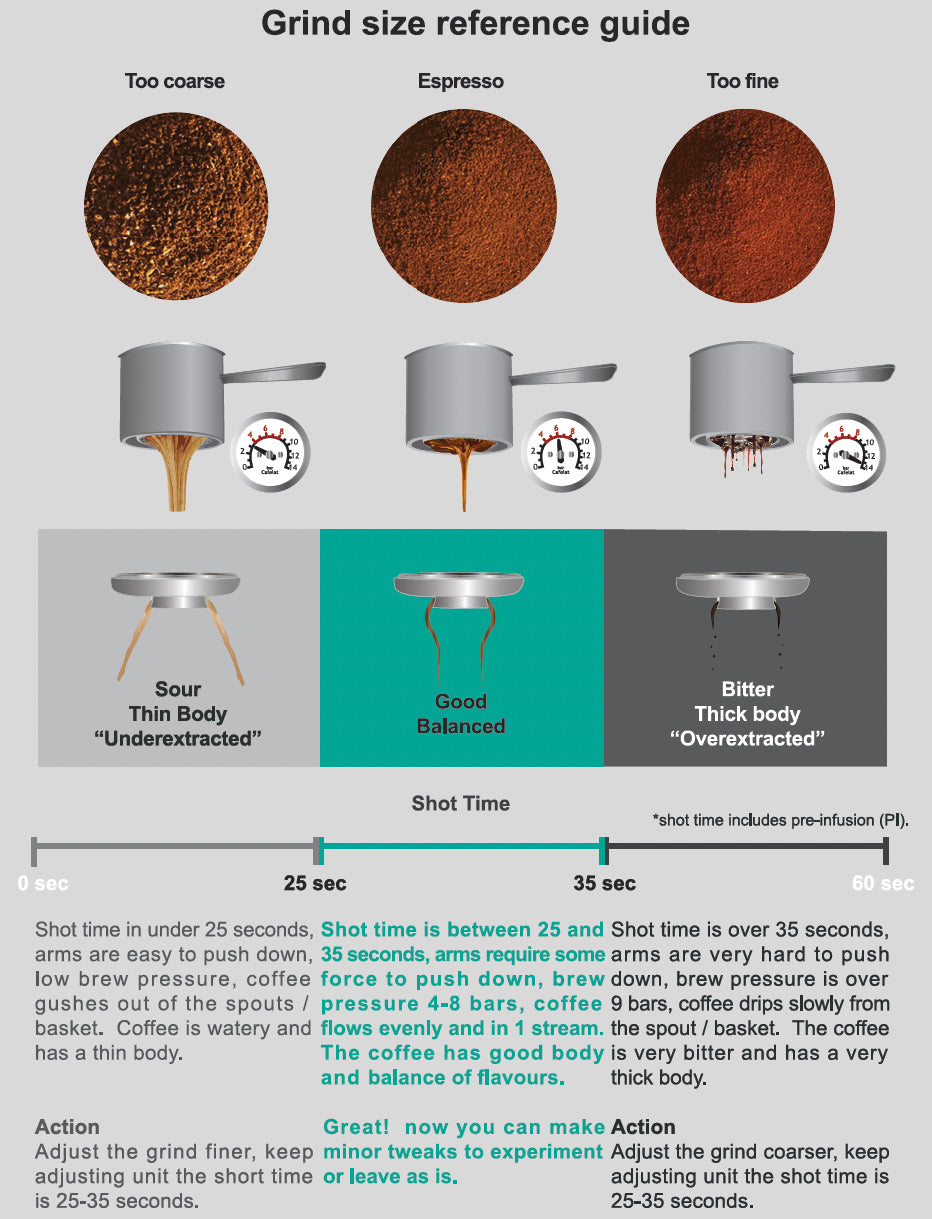How to Time Espresso Extraction
As a home barista, mastering the timing of espresso extraction can truly elevate your coffee game. The key to a great espresso lies in the balance of timing, grind size, and the flow of extraction. When I first started, the process seemed daunting, but once I grasped the intricacies, it became an incredibly rewarding part of brewing espresso.
Why Timing Matters in Espresso Extraction
Timing your espresso extraction is crucial for ensuring consistency and achieving the perfect flavor profile. It helps control the amount of flavor extracted from the coffee grounds. If you extract too quickly, you’ll end up with an under-extracted shot, which tastes sour, sharp, and lacks body. Conversely, extracting for too long leads to bitterness and an undesirable aftertaste, indicating over-extraction.

Two Methods to Time Your Espresso Extraction
One of the first things I discovered is that there are two common methods for timing espresso extraction. You can either start the timer when the pump activates or when the first drip of espresso hits the cup. Personally, I find it best to start the timer the moment you press the espresso button, as this accounts for the pre-infusion time, ensuring consistency in your shots.
Ideal Extraction Time for Espresso
The general guideline for espresso extraction is between 25 and 35 seconds. In my experience, aiming for around 30 seconds as a baseline tends to yield good results. If your shot pulls in less than 25 seconds, it’s likely under-extracted and will taste weak and sour. Conversely, if it takes more than 35 seconds, you risk over-extracting and ending up with a bitter shot.
Adjusting the Grind Size for Optimal Timing
The timing of espresso extraction is greatly influenced by the grind size. A finer grind slows the extraction process, while a coarser grind speeds it up. For instance, if your shot is pulling too quickly (less than 25 seconds), your grind might be too coarse. On the other hand, if it’s taking longer than 35 seconds, the grind may be too fine. After several trials, I found the perfect grind setting for my espresso, and it made all the difference.
Evaluating Your Espresso: Timing Isn’t Everything
While timing is a critical factor, it’s not the sole determinant of a great espresso. Taste should be your ultimate guide. I’ve learned to pay close attention to flavor balance. A well-extracted shot should have a harmonious blend of sweetness, acidity, and body. If your espresso tastes sour and thin, it may be under-extracted, meaning you should grind finer or adjust your brew ratio. If it tastes bitter and dry, you’ve likely over-extracted and might need to grind coarser or shorten the extraction time.
Troubleshooting Espresso Extraction Issues
Here are a few tips that helped me troubleshoot my espresso problems:
Under-extraction: The shot pulls too fast (less than 25 seconds) and tastes sour or flat. This usually happens due to a coarse grind. To fix this, I grind the coffee finer and try again.
Over-extraction: The shot takes too long (over 35 seconds) and tastes bitter with a dry finish. This indicates the grind is too fine, so I adjust by grinding coarser.
The Impact of Pre-Infusion on Extraction Timing
Pre-infusion also plays a role in overall extraction timing. Many high-end espresso machines have a pre-infusion feature where water sits on the coffee grounds before full pressure is applied. I’ve found that including this pre-infusion time in your total extraction can lead to more consistent results. If your machine doesn’t offer automatic pre-infusion, you can simulate it manually by briefly starting and stopping the pump.

Experimenting with Brew Ratios
Another variable in espresso extraction is the brew ratio, which refers to the amount of coffee grounds relative to the liquid espresso produced. A common starting point is a 1:2 ratio, such as 18 grams of ground coffee yielding 36 grams of espresso. I’ve discovered that experimenting with this ratio, depending on the type of beans I’m using, can bring out unique flavors.
For lighter roasts, a slightly longer extraction or a lower brew ratio (e.g., 1:2.5) can highlight the fruity, bright notes. For darker roasts, sticking closer to a 1:2 ratio helps minimize bitterness while maintaining a rich, full-bodied shot.
The Importance of Tasting and Sensory Evaluation
Ultimately, the most important factor in espresso extraction is taste. While timing provides a guideline, it’s your palate that decides if the shot is truly great. I’ve had shots that extracted perfectly in 30 seconds but didn’t taste right because of the grind or brew ratio. By experimenting with these factors, I’ve been able to fine-tune my espresso-making process and achieve consistently delicious results.
Mastering the art of espresso extraction requires patience and practice, but by focusing on timing, adjusting the grind, and tasting the final shot, you’ll soon be pulling perfect espressos every time.
